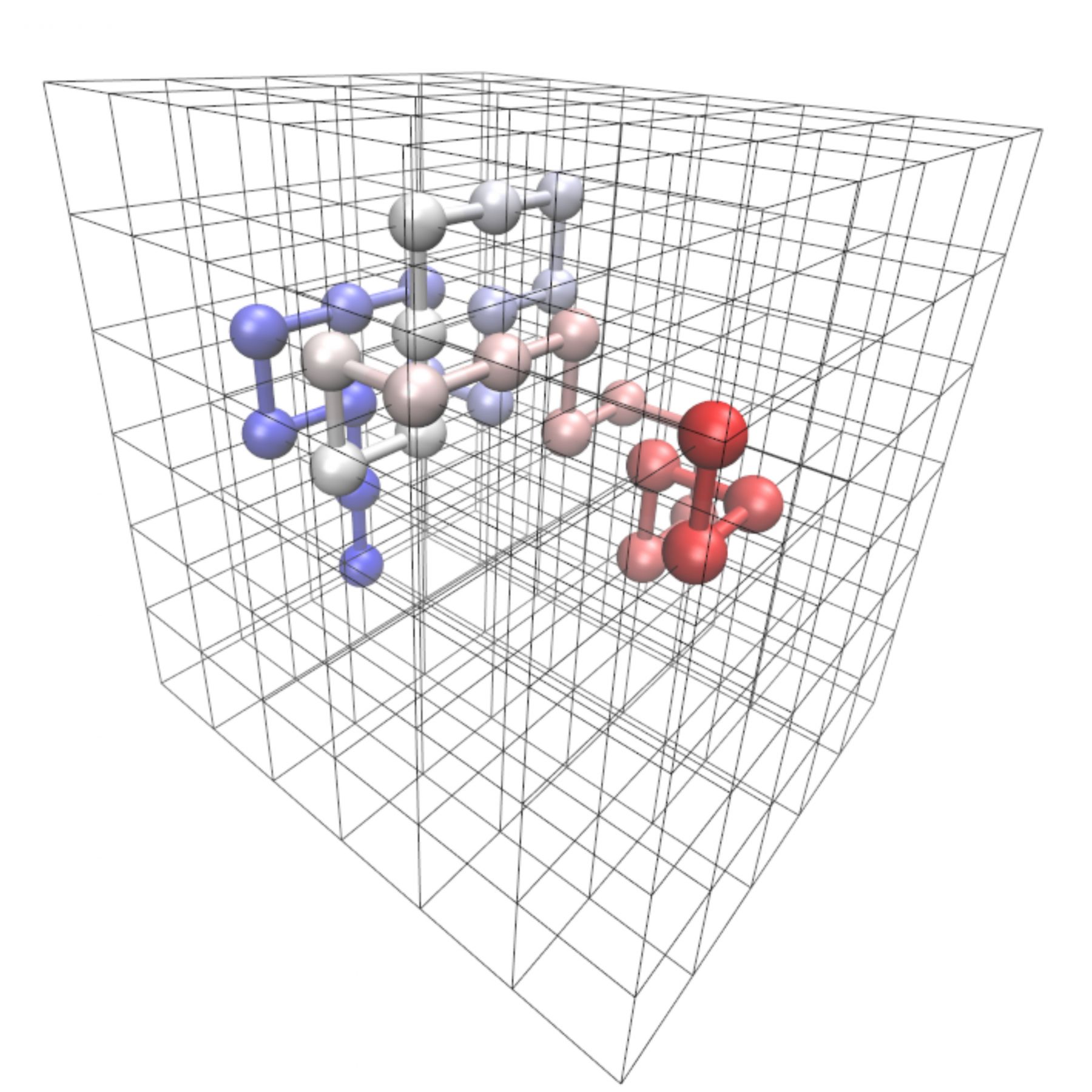The existence of self-entangled proteins, the native structure of which features a complex topology, unveils puzzling, and thus fascinating, aspects of protein biology and evolution. The discovery that a polypeptide chain can encode the capability to self-entangle in an efficient and reproducible way during folding, has raised many questions, regarding the possible function of these knots, their conservation along evolution, and their role in the folding paradigm. Understanding the function and origin of these entanglements would lead to deep implications in protein science. This has stimulated the scientific community to investigate self-entangled proteins for decades by now. In this endeavour, advanced experimental techniques are more and more supported by computational approaches, that can provide theoretical guidelines for the interpretation of experimental results, and for the effective design of new experiments. In this review we provide an introduction to the computational study of self-entangled proteins, focusing in particular on the methodological developments related to this research field. A comprehensive collection of techniques is gathered, ranging from knot theory algorithms, that allow detection and classification of protein topology, to Monte Carlo or Molecular Dynamics strategies, that constitute crucial instruments for investigating thermodynamics and kinetics of this class of proteins.
Download “Article” Computational_methods_in_the_study.pdf – Downloaded 451 times – 4 MB
Download a copy of the manuscript

